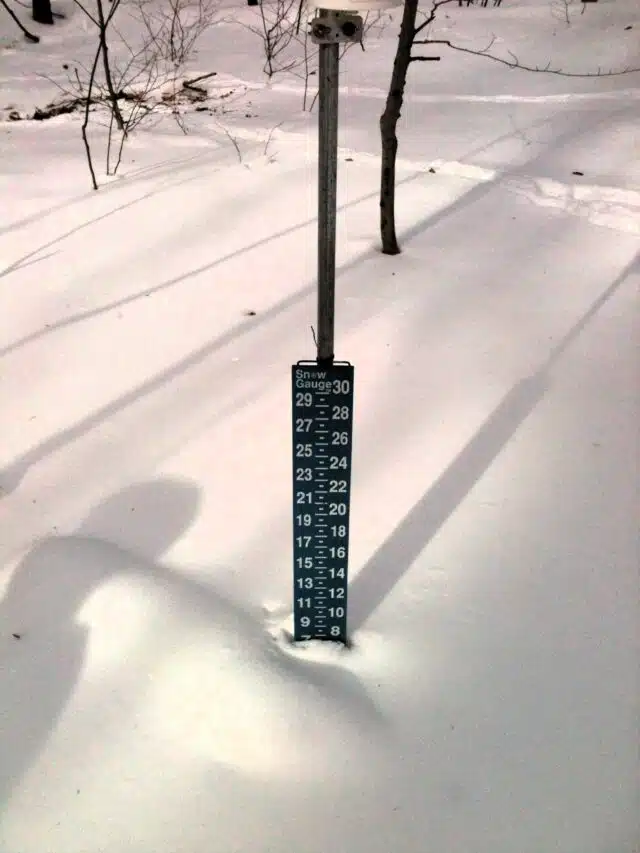Appreciate the Life Beneath Your Feet This Fall: National Mushroom Month
September 1, 2023

If you’ve had a chance to spend time outdoors this week, you can feel late summer sliding into northern Ohio. The air feels a bit heavier, and a bit cooler at night. The crickets have become loud. And the rains have become more frequent. But these changes are not just the signal that we are heading into late summer, but also that we are heading into September. Which is also — as you know if you follow our posts the last few years — National Mushroom Month. Which means it’s a great time to consider, and yes, celebrate, mushrooms.
Weather conditions this time of year are great for stimulating fungi to produce fruiting bodies, whether above ground in the form of mushrooms or below ground in other kinds of reproductive structures (truffles anyone?). Those of us in Holden’s Soil Ecology Lab spend a lot of time throughout the year thinking about fungi, especially those that live in soil, and how they affect plants including trees. Fungi of course are fascinating and cool, but their effects on forest ecology and plant growth are also incredibly important and the subject of much of the research we conduct in the Soil Ecology Lab.
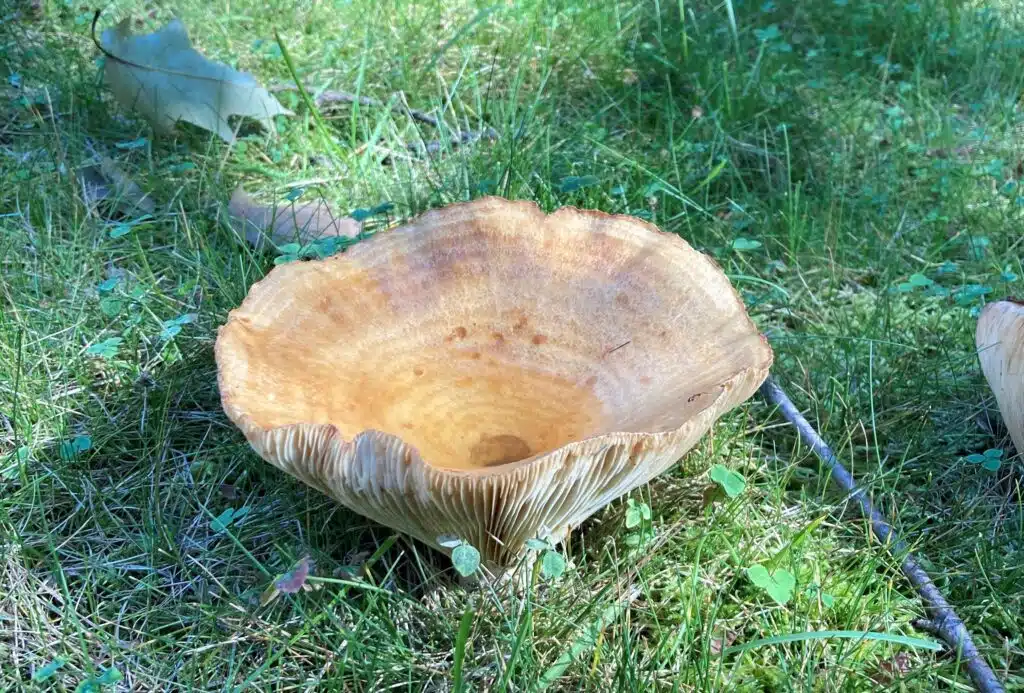
Fungi at Work
Luckily, you don’t need to venture far to see soil fungi at work. Just two weeks ago, I went to cut the grass in my backyard in Lake County and came across an impressive patch of mushrooms. They were popping up through the grass, not far from a very large red oak tree that predates our house by maybe a hundred years.*
Now, there are plenty of soil fungi that may grow in our lawns that don’t form direct relationships with plants. Some of these fungi may be decomposers and play an important role in breaking down dead leaves and other plant matter. But the fungi coming up in my lawn this August were mushrooms like Russula, Lactarius and Boletus. All these fungi form beneficial relationships with tree roots. They colonize the tree root and receive sugar from the tree in exchange for soil nutrients. It’s an ancient form of barter — sugar for nutrients — that trees and these fungi have been conducting for hundreds of millions of years. In fact, associations with mycorrhizal fungi likely allowed plants to move from water to land some 450-500 million years ago!
This relationship between fungi and plants is referred to as a mycorrhizal association because the fungi colonize and live on the plant root (the word is derived from the Greek mýkēs meaning “fungus” and rhiza meaning “root”). Truth is that 90% of all plants form these relationships with soil fungi, and the relationship is incredibly important for tree growth and health. And like I saw in my yard, signs of these associations aren’t hard to find.
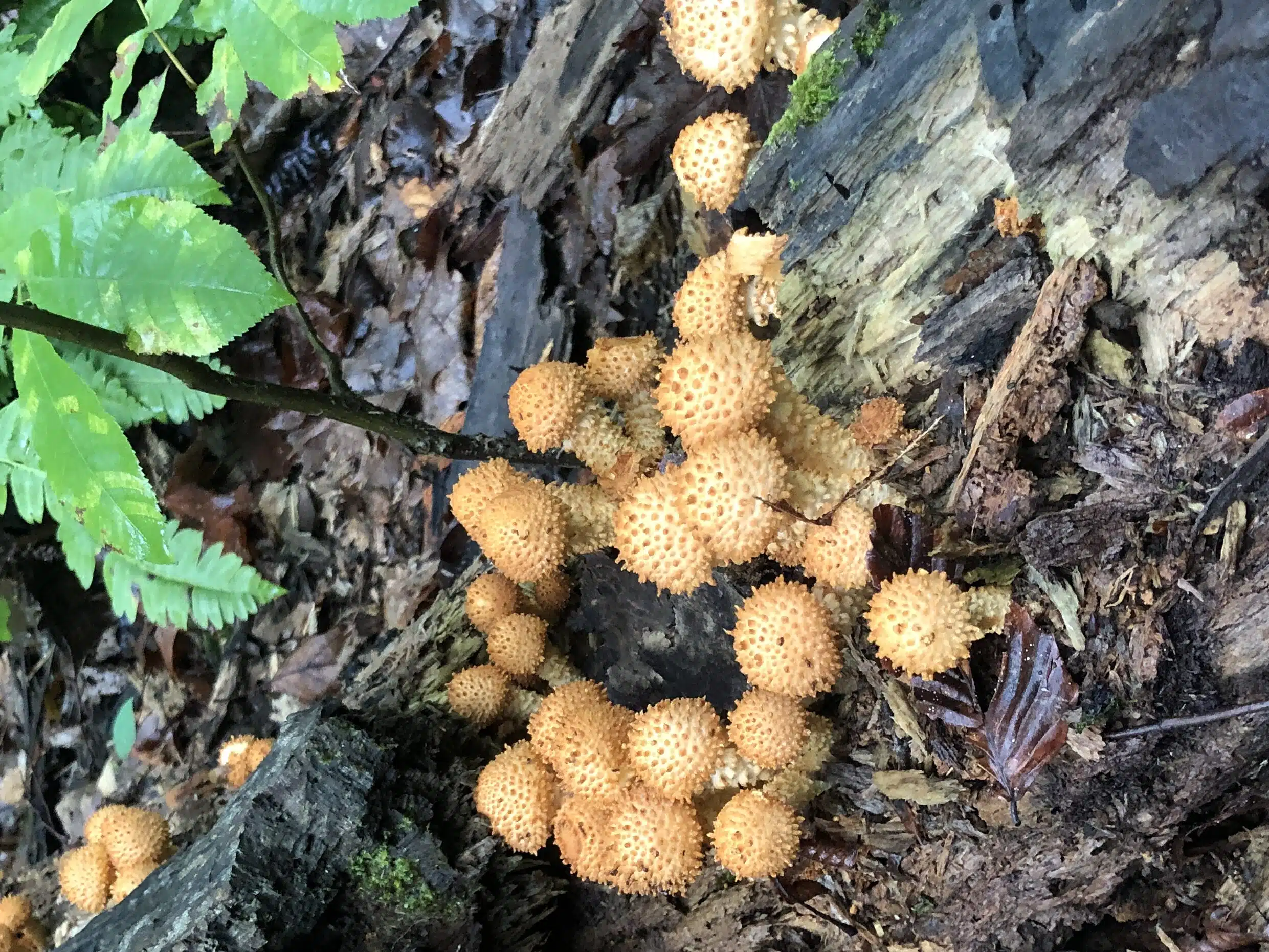
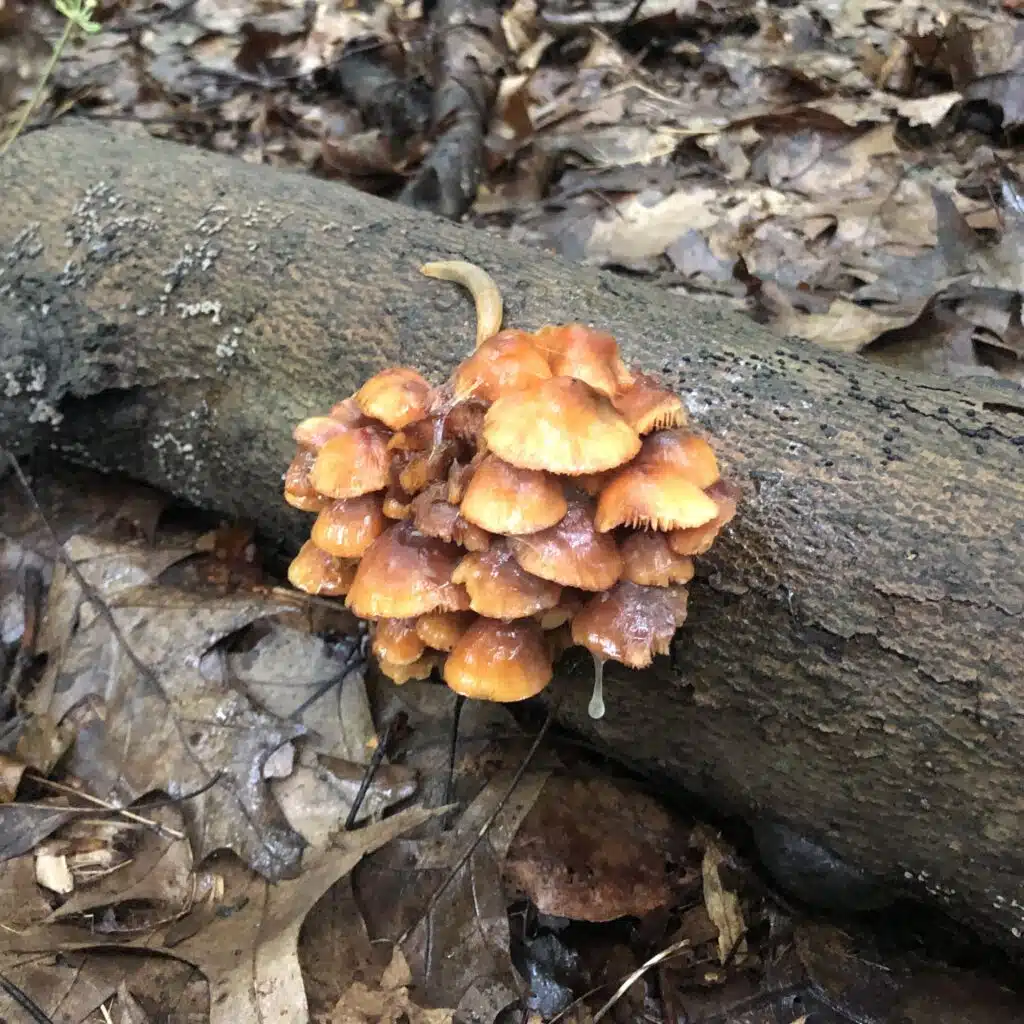
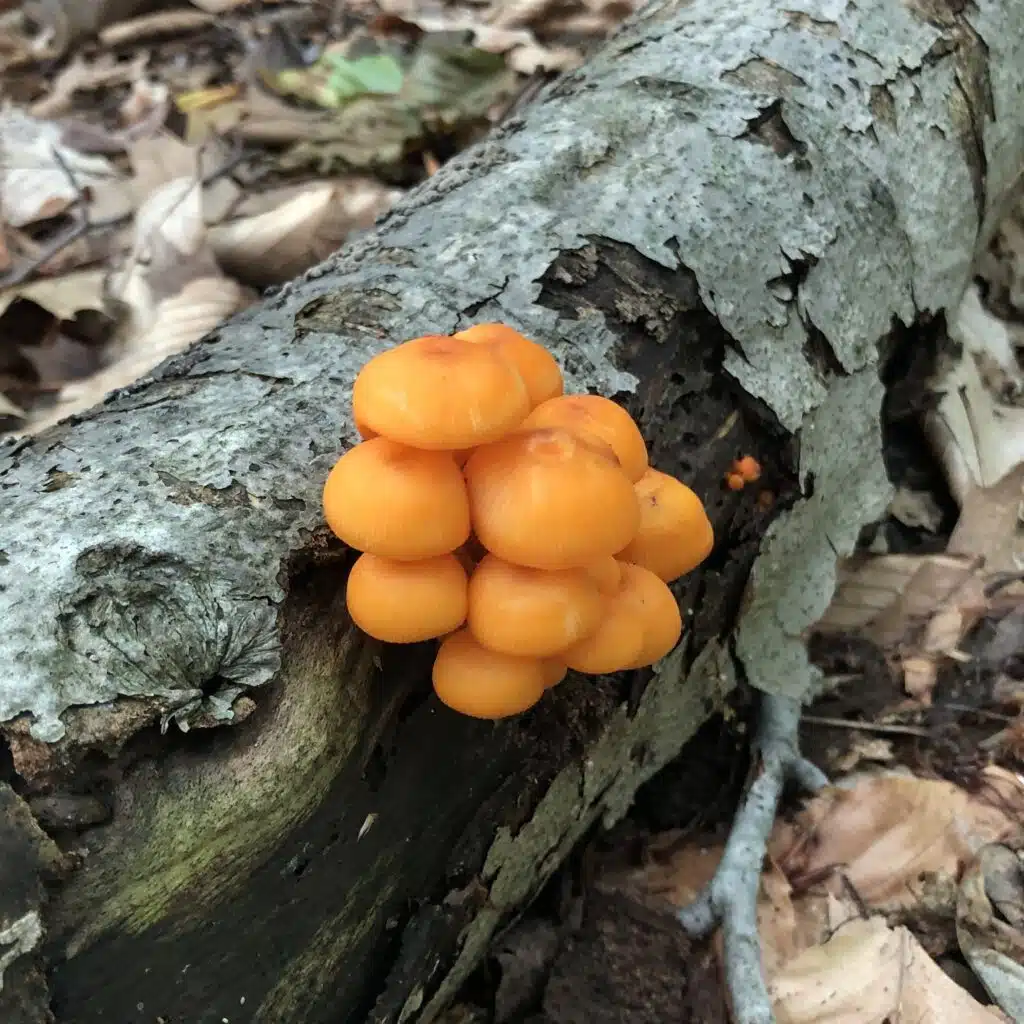
Celebrate Fungi with Us This National Mushroom Month
We’d like all of you to help us celebrate National Mushroom Month and take time to appreciate the life beneath our feet. Future Science on Friday blogs this month will highlight research on mycorrhizal fungi and forest wildflowers, fungi in local forests of different ages, and basic introductory mushroom identification! We’ll finish the month with some mushroom recipes that folks in our lab love to make and enjoy.
And if you’d like to connect with mushrooms in a more hands-on way, we are offering a class on September 9 on foraging in Northeast Ohio, plus hikes, classes, and even a mushroom foray in partnership with the Ohio Mushroom Society! Check our website for more details on upcoming classes at Holden.
Even if you can’t get out for a class, we invite you to come out and enjoy a late summer or early fall walk in the woods. The woods at the arboretum are beautiful this time of year. And be sure to take some time to look down during your walk and help us appreciate some of the “little things that make the world go,” like fungi.
—
*Side note: Grass isn’t generally good for trees as the grass roots compete with the trees and their fungal partners for nutrients. My oak tree has a wide area of leaves and mulch around the base of the trunk, but the roots go well into the grass. Generally, for good tree care, we recommend mulching at least 4-6 feet around the trunk of the tree to eliminate grass competition and give the fungi room to do their thing.

David J. Burke, PhD
Vice President for Science and Conservation
My primary research interest as an ecologist has been the interaction between plants and soil microorganisms; especially mutualistic and associative soil organisms that live in the root zone of plants. Of special interest are mycorrhizal fungi that form mutually beneficial relationships with plant roots. Mycorrhizal fungi can enhance plant growth, disease resistance, drought tolerance, and affect plant community composition.
